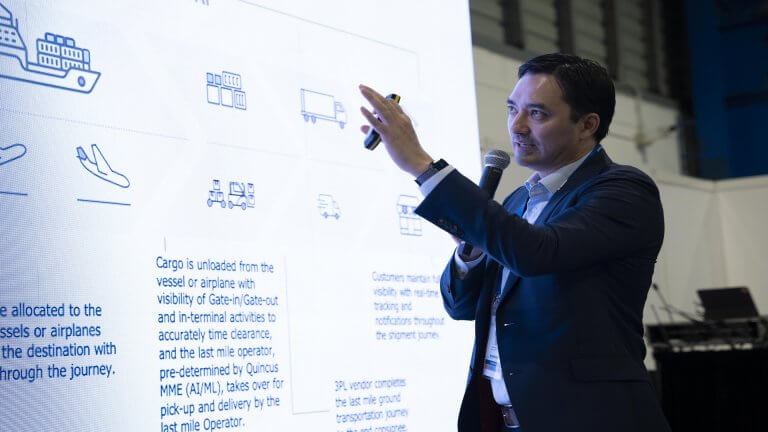
Singapore: Superboosting the logistics system
If ever there was proof that fairytales could come to life, Singapore must be it. Within a mere half century, this tiny island-nation transformed from undeveloped fishing village where most people barely spoke English to first-world international business hub where English reigns as lingua franca.
Known colloquially as the world’s little red dot, Singapore has a wingspan so narrow you can easily drive from one end to the other in an hour.
This, plus islandwide connectivity, makes Singapore a logistic provider’s dream come true.
In this near-utopic atmosphere, is there even any fault to find with Singapore’s logistics ecosystem?
Unlocking Singapore’s potential
Singapore is efficient and highly connected. This makes it easy to update routes and other factors in real time.
But improvements can always be made, and Singapore is no exception. Every market has its constraints; every market can find a better way to optimize operations.
One example: While traditional map providers can achieve up to 84% geocoding accuracy in Singapore, a dedicated geocoding system would be 99% accurate. This could drive exceptionally efficient routing, which translates to faster and more accurate deliveries. The end result is something all logistics providers dream of: Reduction in assets deployed (saving on petrol and other charges), and reduced per-delivery costs.
The importance of being connected
In a poorly connected market, technology is essential to glean every bit of information. This would improve existing parameters and reduce constraints.
In a well-connected market such as Singapore’s where data is abundant, technology is just as invaluable because it helps to piece all information together to provide fresh insight into how to improve operations for a smoother supply chain.
Why?
A robust digitalized solution thrives on every detail, including business operating hours, kinks in map routes, building details, traffic conditions, and the weather. The more information, the more accurate the results. All this yields greater operational efficiency.
With clean infrastructure and good connectivity, Singapore is a natural complement to digitalized logistics. Operating hours and traffic conditions are a breeze to retrieve, while well-addressed buildings and smooth roads lead to only the most efficient routes.
Beyond traditional route optimization
Routing is extremely important. Traditional route optimizers are typically not able to deliver more than 10% to 15% in cost savings because of unexpected transport costs—even in a textbook-ideal town. The right solutions can boost cost-savings up to 28%. How? Through leveraging predictive analyses, keeping track of road conditions in real time (including congestion and vehicle breakdowns). This information dampens en-route surprises to a minimum, meaning that dispatchers and drivers can quickly bypass any issues and get to each destination as quickly as possible, saving on transportation costs and time.
Although Singapore is already well-run, well-mapped, and well-heeled, there is still much that can be done to keep its logistics supply chain operating at full throttle. The right tools and systems will do just that for any Singapore logistics operator, from ecommerce companies to manufacturing firms and service providers.
Have a question? Get in touch with Quincus now through sales@quincus.com.
Subscribe to keep up with our latest news









